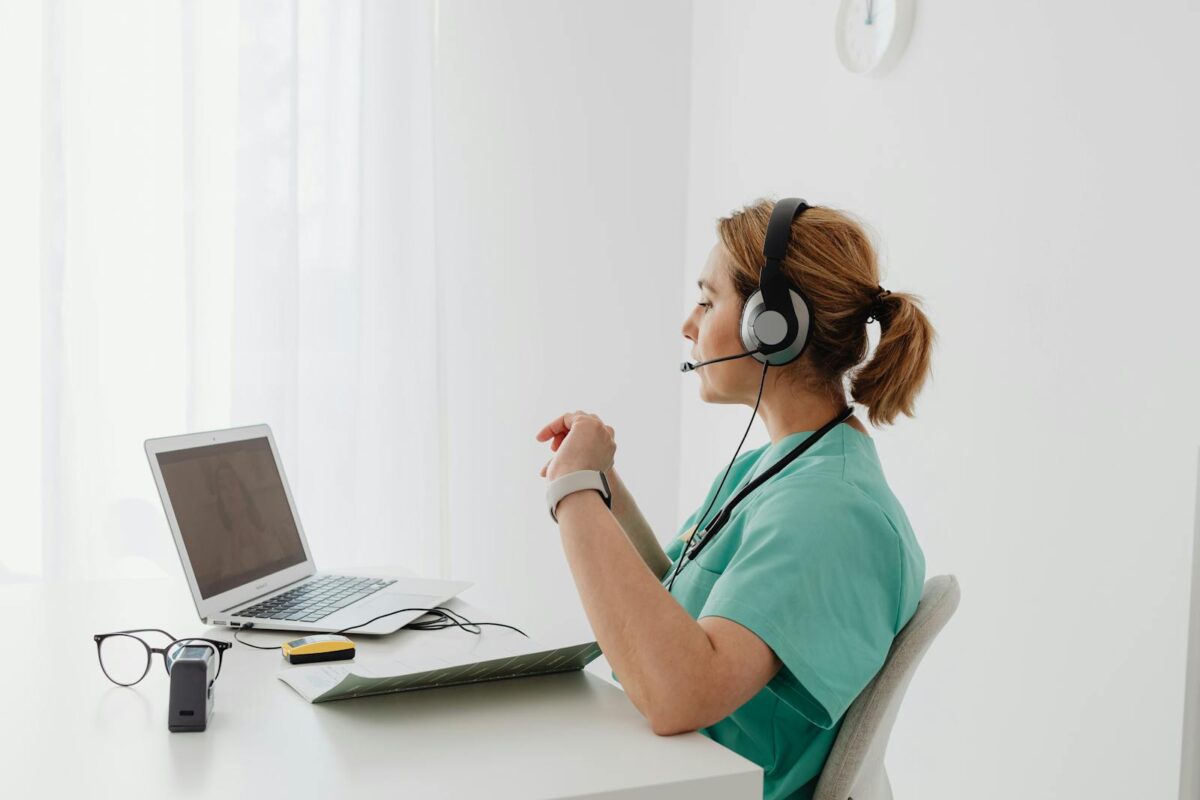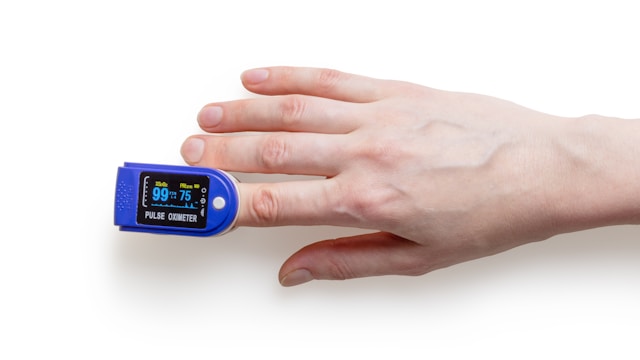The digital revolution has transformed nearly every aspect of our lives — and healthcare is no exception. Today, remote medical consultations, health monitoring, and prescription management are not futuristic concepts but part of daily reality for millions. As telemedicine continues to expand, patients and healthcare providers alike are learning that real medical help no longer requires a waiting room.
The Rise of Digital Healthcare
Just a decade ago, online consultations were often viewed as unreliable or limited. Now, powered by advanced technology, artificial intelligence, and secure digital infrastructure, telemedicine has become a cornerstone of modern healthcare delivery. Platforms designed by a telemedicine app development company allow doctors to evaluate, diagnose, and even treat patients through integrated digital ecosystems.
Video consultations, wearable health trackers, and digital prescriptions have made healthcare more accessible, especially for those in remote or underserved areas. These innovations don’t just save time — they can save lives by providing timely access to professionals when in-person care isn’t an option.

What Makes Remote Care Effective?
The success of virtual healthcare depends on more than just technology. Several factors contribute to its growing effectiveness and acceptance:
- Accessibility: Patients can reach specialists across borders, breaking geographical barriers that often delay treatment.
- Efficiency: Digital systems streamline appointment booking, record management, and follow-ups, reducing administrative workload.
- Data-Driven Insights: AI algorithms analyze patient data to support diagnosis and predict health risks before they escalate.
- Continuity of Care: Remote monitoring tools ensure consistent tracking of chronic conditions without frequent hospital visits.
Challenges Still to Overcome
Despite the convenience, remote healthcare faces real challenges. Data privacy remains a major concern, as sensitive medical information moves online. Regulations differ across regions, and not all telehealth services comply with the same standards. Moreover, not every patient is comfortable using technology — especially the elderly or those with limited digital literacy.
Another obstacle lies in the nature of diagnosis itself: while many conditions can be managed through digital platforms, others still require physical examination or lab testing. Striking the right balance between digital convenience and clinical accuracy is key to telemedicine’s long-term credibility.

How Digital Health Is Changing Everyday Life
Remote medical help is not just a backup option anymore — it’s becoming part of everyday healthcare culture. From wearable devices that track heart rate and blood oxygen to mobile platforms offering instant access to mental health professionals, the patient experience is more personalized and proactive than ever before.
Businesses, startups, and medical institutions are investing heavily in digital health ecosystems. This collaboration between the tech and medical sectors ensures continuous innovation, from integrating AI into diagnostic tools to developing multilingual apps that reach broader audiences.
The Future of Healthcare at Home
As 5G networks, AI analytics, and secure digital identity systems mature, the future of at-home healthcare looks increasingly robust. Virtual reality (VR) could soon assist in physical therapy, while connected devices will provide doctors with real-time patient data, enhancing decision-making.
The real measure of success, however, will be public trust — convincing patients that digital care is not a shortcut but a reliable extension of traditional medicine. As technology continues to evolve, the line between clinic and home will blur even further, creating a world where healthcare is truly centered around the patient, not the location.




